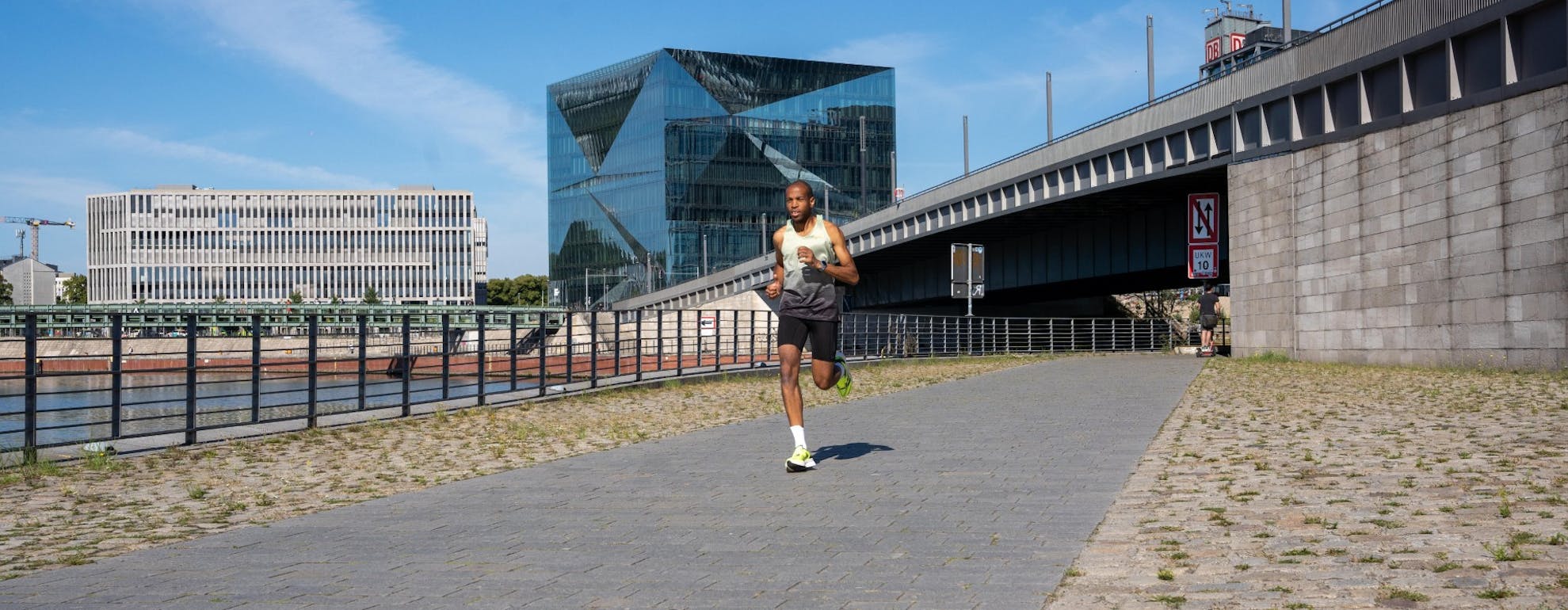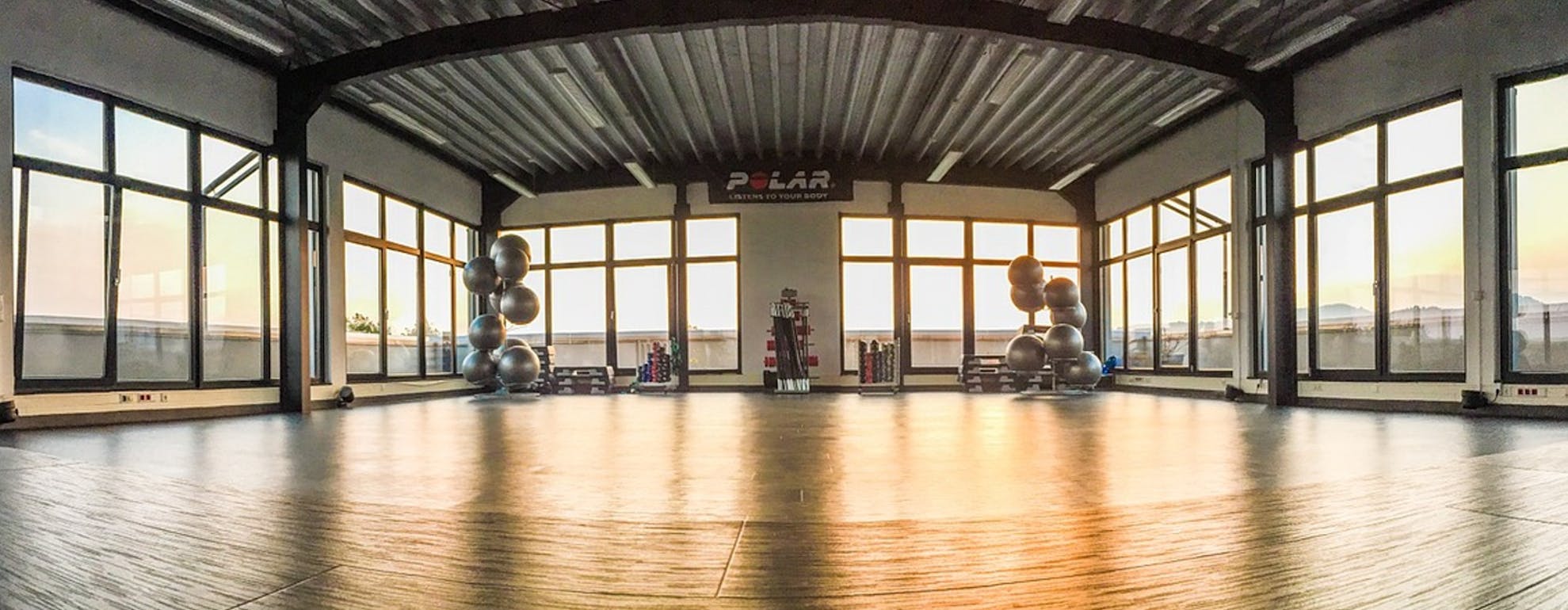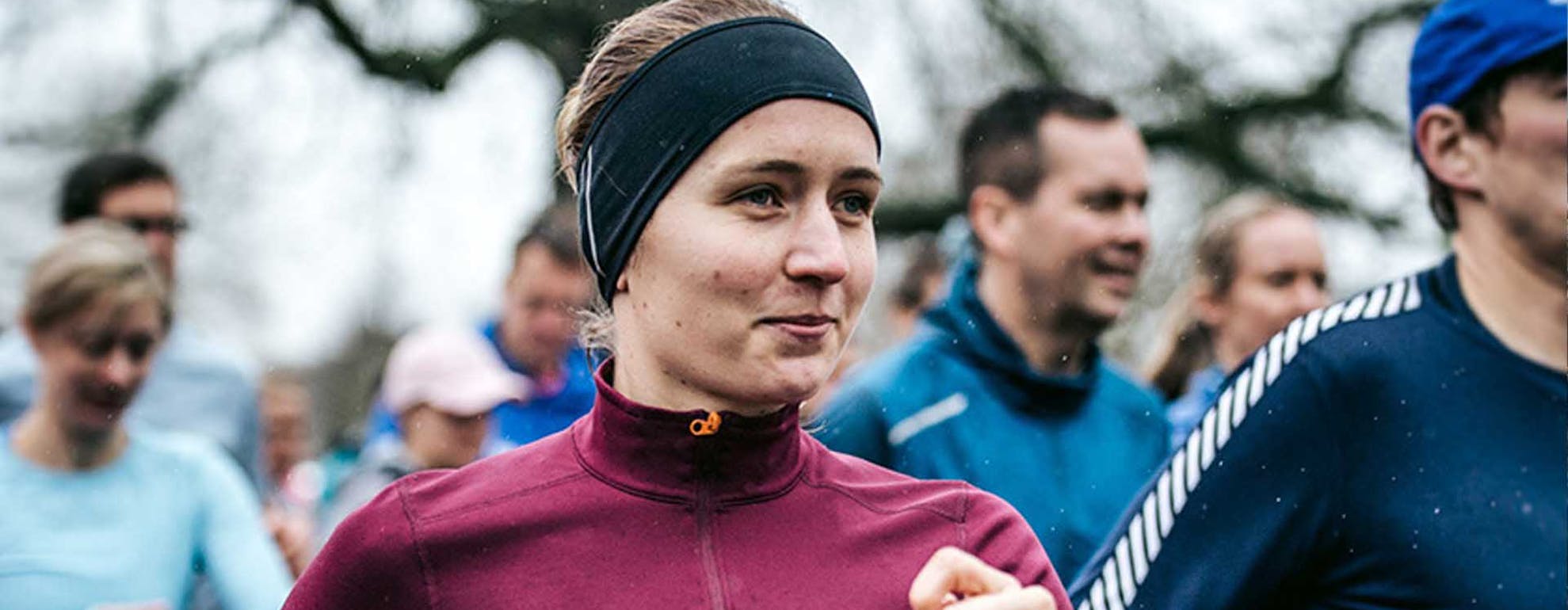
Training
Beginners Guide & Tips to Spinning Classes
If you’re looking for a high intensity and invigorating workout, then spinning is for you. Spinning is a great way to switch up your routine, delivering an exhilarating, high calorie burn, full body workout that will get your muscles powered up and endorphins flowing.
ㅤ
WHAT IS SPINNING?
Spinning is an energetic group cycling class that takes place indoors on a static bike. Led by a certified instructor you’ll imitate a real life ride of ascents, descents, intervals and sprints against a backdrop of high-tempo, energy-boosting music.
ㅤ
WHAT ARE THE BENEFITS?
Changing body position, pedal speed and resistance makes spinning an intense cardio and fat burning workout – in a single 60 minute session, you can expect to burn up to a massive 800 calories. It also helps build strength in the glutes, quads and hamstrings whilst being relatively low impact on your joints.
ㅤ
WHAT SHOULD I WEAR?
Your usual gym gear is fine for spinning. Keep it lightweight and breathable, and remember that baggy clothing is likely to catch on the bike and get in the way. A fitted top and a pair of compression tights or shorts will provide maximum freedom of movement, whilst helping to support your muscles and wicking sweat away from the skin.
You can wear your cross trainers for spinning, but as you become more advanced it’s worth investing in a pair of cycling specific shoes. With hard rigid soles, these shoes clip into the pedals and provide maximum energy transfer and power from foot to pedal with a more secure stroke. Don’t forget technical, breathable socks to help keep your feet cool and dry throughout.
If you’ve got long hair, tie it back and keep it off your face. You’re going to be working super-hard, so always make sure to take a water bottle and towel to wipe away sweat as you ride.
ㅤ
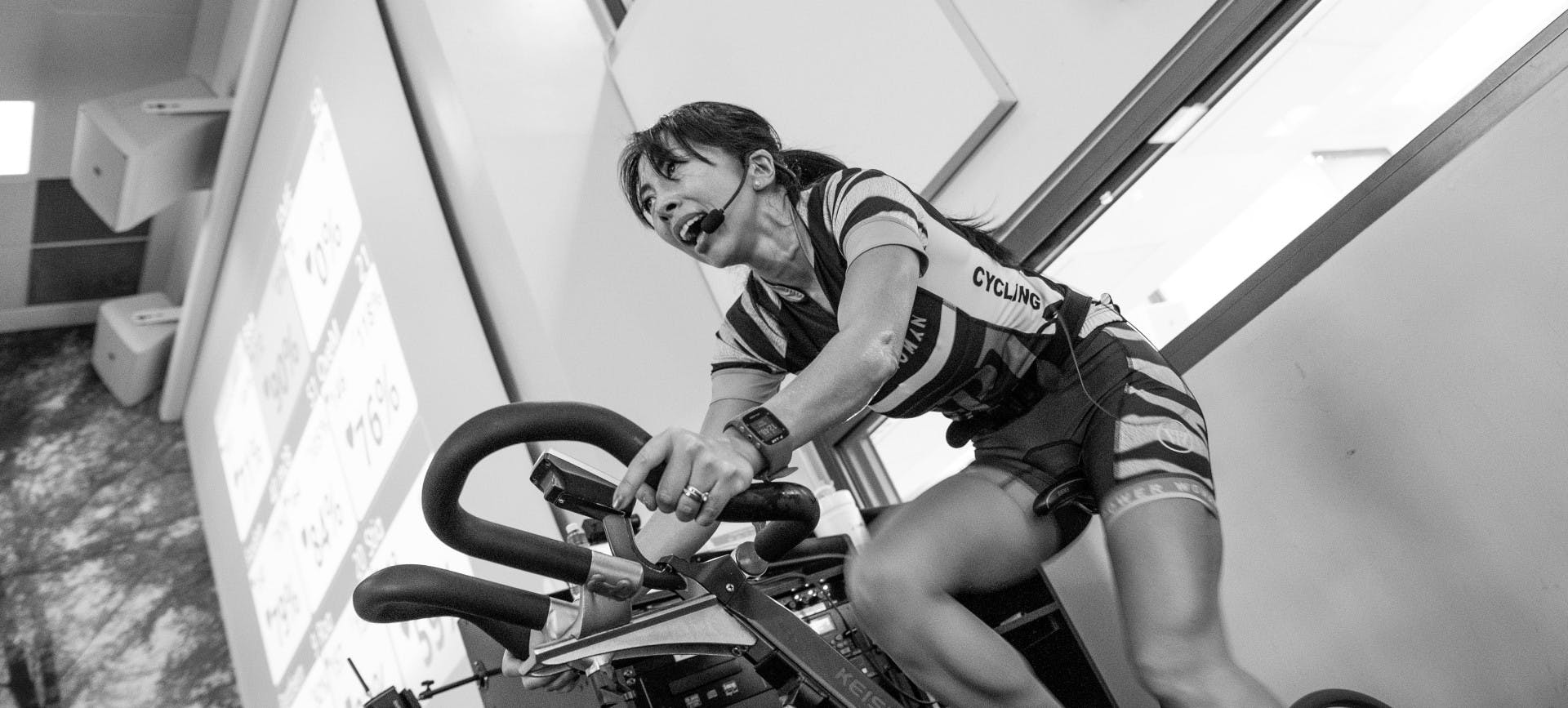
Photo by Erlend Ekseth on Unsplash
ㅤ
GETTING SET UP
It’s best to arrive early for your first class so that your instructor can help you set up the bike and adjust the seat and handle bars so that you’re in the right position. You’ll then need to familiarise yourself with the monitor which sets out distance/time/cadence/calories burned and other workout data.
Most important is the ‘resistance knob’, this is usually located under the handlebars and controls how hard your muscles need to work to increase your RPM (pedal rotations per minute). Turn it right to increase resistance and left to lower it.
ㅤ
ESTABLISH YOUR BASE LINE
Otherwise known as your ‘Flat Road’, this is the point at which you have a perfect balance of resistance on your wheel, but without pushing too hard – mimicking the conditions of riding along a flat road. You can add and then remove resistance – gearing up and gearing down - but don’t go below your flat road baseline.
ㅤ
YOU’RE IN CONTROL
One of the great things about spinning is that even though you’re working out as a group, you’re completely in charge of how hard you work. You’ll control the resistance on the bike yourself, which means you can adapt and tweak your workout according to your ability and fitness level. Your session is as tough or as comfortable as you want to make it, and you’ll get a great workout regardless of ability. Remember, higher cadence, plus increased resistance on the bike means higher intensity and a more effective workout.
ㅤ
KNOW THE JARGON:
INTERVALS/SPRINTS
These are segmented parts of your workout, where the idea is to pedal as fast as you can to increase your RPM at max effort for a specific period of time.
ㅤ
GEAR UP/GEAR DOWN
This basically refers to increasing or decreasing resistance on your wheel.
ㅤ
HILL/CLIMB
This means increasing resistance to mimic a real-life incline.
ㅤ
STANDING POSITION
An upright standing position, with your weight over the pedals. This can be challenging for new starters, and increasing resistance can make this easier to begin with.
ㅤ
JUMPS
Transitioning in and out of the saddle, replicating a real-life jump.
ㅤ
HAND POSITIONS
Most classes will involve 3 key hand positions, which your instructor will call out during class.
Position 1 is usually for warm ups and cool downs.
ㅤ
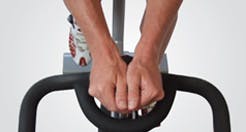
ㅤ
Most of your work will be in position two.
ㅤ
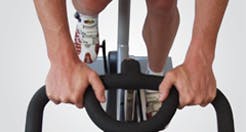
ㅤ
Position three is usually for standing and climbing hills. Make sure to know these positions to help you transition smoothly between moves.
ㅤ
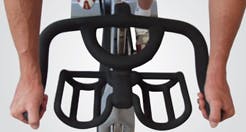
ㅤ
Looking for some training tips and advice? Then head over to our Training category where our athletes and experts explain everything you need to know.
Welcome
Welcome to the SportsShoes Training Hub! We’ve teamed up with athletes and experts to bring you the very best advice on how to maximise your workouts and achieve your best results.
Read More
Share this
Featured articles
View All

